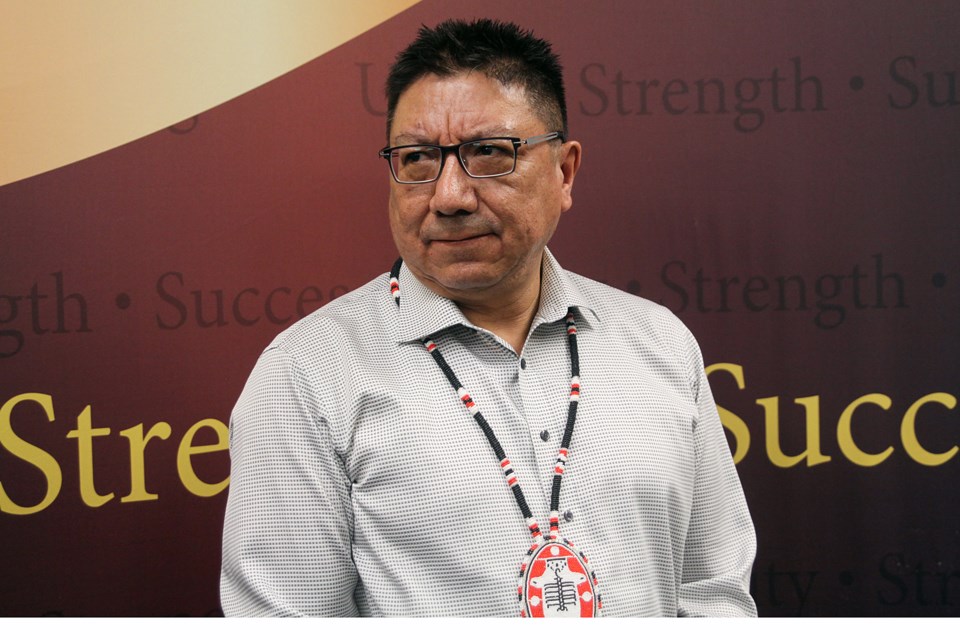THUNDER BAY - Remote First Nations communities could be especially vulnerable during an outbreak of Covid-19 and Nishnawbe Aski Nation is updating its pandemic planning to prepare for when the virus arrives in the territory.
“We are trying to buy as much as time as we can to prepare our communities for this reality that it will hit our communities eventually and we have to make sure they are equipped to handle it,” said NAN Grand Chief Alvin Fiddler.
Covid-19 was recently declared a pandemic by the World Health Organization and the Thunder Bay District Health Unit said on Thursday that while there are no confirmed cases in Thunder Bay, it is only a matter of time before the virus comes to the region.
“I know our communities are looking at what else they can do to protect their members,” Fiddler said. “They are restricting their travel. We also put in a travel ban for all our staff so we won’t in any way help transmit the virus to any of our communities. That would be very dangerous to our communities.”
NAN staff will not be travelling to Toronto, Ottawa, or any of the NAN communities to mitigate the risk of transmitting Covid-19 to a remote community.
Other steps have already been taken, including postponing the Northern Bands and Little Native Hockey League Tournaments that were to take place in Dryden next week.
“The safety and wellbeing of our communities is a priority,” Fiddler said. “We know based on what we are hearing from the health professionals that while fairly young people may be in a better position to deal with this virus, it is the vulnerable members of our communities, the elderly, the prenatal, the babies that are most at risk. So we need to take appropriate measures to protect the most vulnerable members of our communities.”
Janet DeMille, chief executive officer of the Thunder Bay District Health Unit, said they are communicating with First Nations communities in the district about the virus and its inevitable arrival in the region.
“First Nations people and communities are under significant risk for this virus,” she said. “There might be opportunities to prevent this virus from going into these communities and I think that needs to be explored.”
“These are individuals and communities at higher risks having more serious complications,” DeMille added.
Fiddler said NAN is communicating with senior provincial and federal government officials to ensure nursing stations in remote communities have the capacity to deal with an outbreak and have adequate safety equipment and supplies to protect front-line health care workers.
“I think that’s why these pandemic plans are so important for our communities,” he said. “We need to work with them to update their planning to make sure all these areas are covered in the weeks and months ahead.”
“Our concern right now is they are not current, that they need to be updated, and that’s what we are doing now.”
